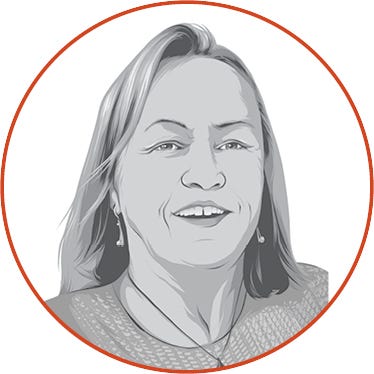.jpg?width=850&auto=webp&quality=95&format=jpg&disable=upscale)
Eric Smith figures cattle producers are in the best pricing position they’ve ever known. Most ranchers have also been growing cattle long enough to know this market will fall eventually. When it does, his goal is to avoid falling through the floor – the cattle price floor that is.
“We all know there is a top,” said the owner of Xtra Ranch in Reform, Ala. “Your job is to capture the prices and opportunities.”
That’s why he carries and sells Livestock Risk Protection (LRP) insurance.
With LRP, Smith said, “You protect yourself and what you’ve got. That’s important because you don’t know what’s coming.”
Smith relates using LRP to hedging in the futures market. The cost to enter that rodeo is $6,500 because that’s the minimum deposit to set up a brokerage account. LRP’s entry level is the premium to insure one cow or calf – and that is paid at the end.
“LRP levels the playing field and makes it fair for all of us to get in the game,” Smith said.
LRP was first offered in 2003. Changes made in 2018 made the policies more palatable to producers. LRP-Feeder Cattle insurance is available in all counties in all states. Here’s how LRP works, according to the USDA Risk Management Agency (RMA):
A cattle producer submits a one-time application to the local Farm Service Agency (FSA) office. Applications are available from a livestock insurance agent. A full list of agents is available from the RMA.
After the application is accepted, a producer can buy specific coverage endorsements throughout the year for up to 12,000 head of feeder cattle that are expected to weigh up to 1,000 pounds at the end of the insurance period. The annual limit for LRP-Feeder Cattle is 25,000 head per producer per year (July 1 to June 30).
Insurance policies are available in six categories with multiple coverage levels and 10 different lengths of time.
Coverage is available for calves, steers, heifers, predominantly Brahman cattle, predominantly dairy cattle, and unborn calves.
The length of insurance coverage available for each specific coverage endorsement is 13, 17, 21, 26, 30, 34, 39, 43, 47, or 52 weeks.
Producers can choose from two weight ranges - 100-599 pounds and 600-1000 pounds.
Producers can choose their level of coverage, including catastrophic. Smith doesn’t recommend the lower cat coverage, especially during a high price market. “In a high market,” he said, “I buy higher.”
The feeder cattle insurance equation has three components: the price the calf brings, the cash index, and the coverage price. “If the cash index goes down, more than likely your calf price went down,” Smith said, “If it went below your coverage, we’re going to pay you.”
Producers also can insure fed cattle, but Smith doesn’t recommend the fed cattle policies offered through LRP, which operate on a different formula. “There are better ways to hedge fed cattle,” he said, suggesting instead that ranchers consider Livestock Gross Margin policies.
Payments aren’t up to Congress
As a cattle producer, Smith noted a few points that are particularly important to him.
The producer still owns the insured cattle. “The cattle belong to you,” Smith said. “You insure them for a block of time.”
Whether the producer sells is the producer’s decision. “You don’t have to sell your calves,” he said.
Payments aren’t stalled by Congressional appropriations decisions. “This money is already appropriated,” Smith said. “If you have a loss, you’re going to get a check.”
LRP payments can be assigned to the bank.
The bottom line on LRP for Smith is, well, the bottom line.
“I know what my cost is going to be. I know what my floor is going to be,” Smith said. “Now I’m looking to see what my profit can be.”
About the Author(s)
You May Also Like






